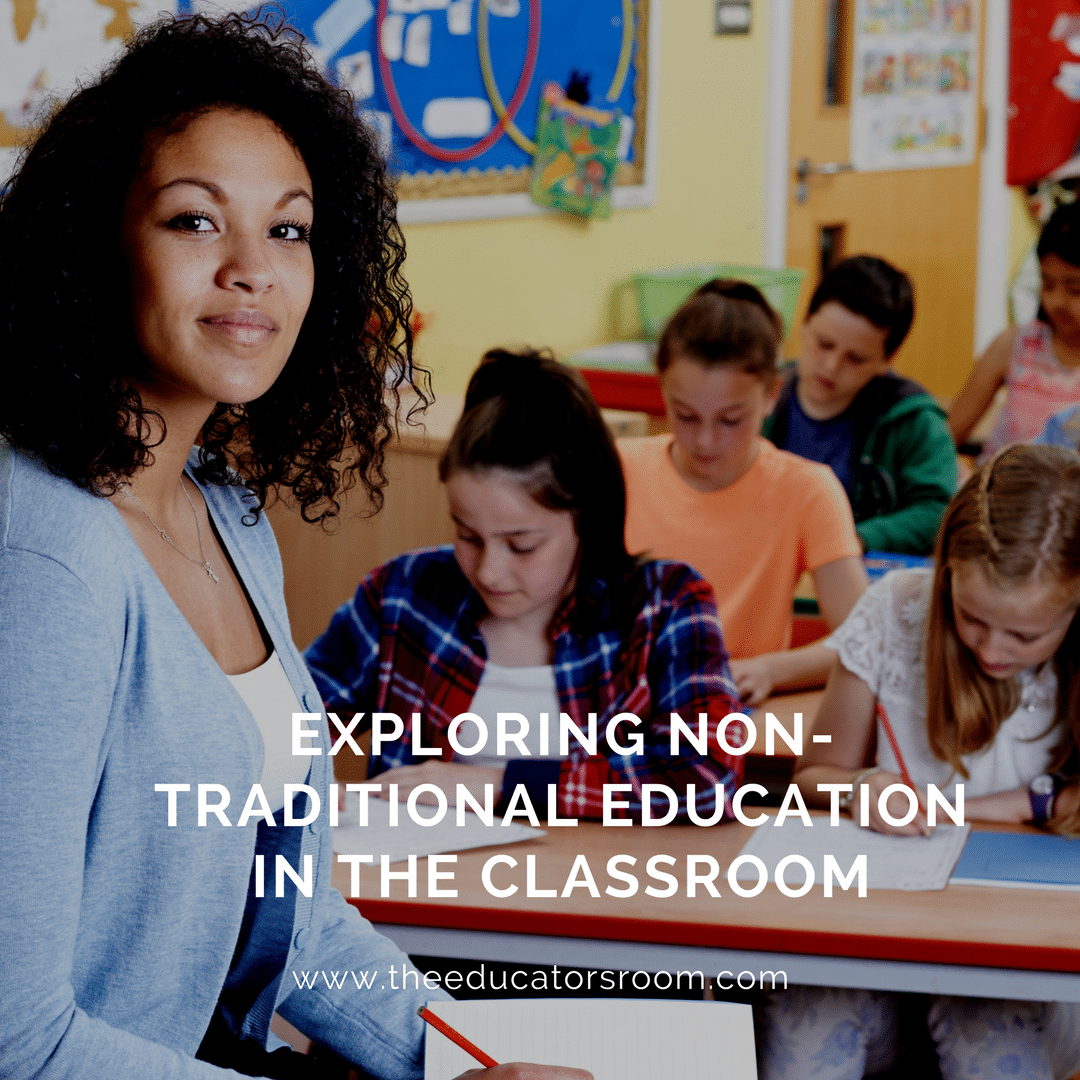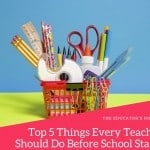Why do we have to read The Sea Wolf? William Shakespeare is dead, what does he have to do with us?
These are all common problems in any class in 2018-, especially for a newer teacher.
Before I began teaching in the classroom setting, I worked in non-traditional education. Non-traditional education is learning through different methods, not necessarily in a classroom setting. It tends to be very hands-on. It also offers students a new way to engage with what they are learning usually, these programs can be found in a museum or a science center. For a long time, you had to bring your students to the museum to experience these lessons; however, with technology, the museum can come to your classroom.With the ease of bringing a non-traditional education into the classroom itself, while still reaching the standards that we need to reach, this mix of non-traditional vs. traditional is best for students.
Non-Traditional Education
In the classroom, there are times when students were unable to fully connect with the material. My students had not been on a tall ship when we read The Sea Wolf, so a lot of the problems that the characters faced didn’t make sense. I noticed that my students were sometimes struggling to connect the material with their lives. Why does the long-dead Shakespeare have to do with them? From visiting a tall ship to a virtual tour of the Globe Theater, maybe some non-traditional methods could be a way to help my students make those connections.
As a new teacher with a background in non-traditional education, this variety is important to me. I think it is important to my students as well. When I think of non-traditional education, I think of the programs at local and international museums. These programs offer a way for students to learn a new skill.
Sometimes they learn a standard in a new way. A great example of this is found from Grays Harbor Historical Seaport Authority. 5th grade students are learning about life on a historic tall ship, while being on a tall ship. Here, they are able to practice several of the Speaking and Listening Standards. Also, the information that they learned in their reading comes alive, giving them chances to think about the differences in point of view, another standard. Tying these standards to something like an awesome field trip can make the memories stick in students’ brains a little better.
Where?
I worked in museums, science centers, at camps, and as an education coordinator on a historic tall ship. All of these jobs ran educational programs that were hands-on and typically, a lot of fun. We would get our museum or boat ready, and then groups of students would come in. We would give them lessons about history and science, with lots of hands-on activities. This made what they were learning more relevant.
When those kids are learning about volcanoes later, they will remember the volcano models we made. When they read Moby Dick, they will remember sailing. A tall ship is a fantastic educational prop, for example. One of my favorite parts of these jobs was to work with the schools and groups that came in. We could provide a new educational experience for those students.
Now I am a classroom teacher, trying to find a balance between my two worlds. There is so much that I want to teach my students. Sometimes it seems like the best way to get that information across is in the ways that I learned before. How can I bring my students out of the classroom? Or bring that sense of wonder into my classroom, while still teaching to the standards that I need to?
Field Trips
An article released by the NEA says that students who took field trips tended to have better grades. These students said that the trips that they went on helped them become more interested in learning. For students, the chance to get out of their typical learning environment and be able to engage with the material is important. I think it’s critical. Students need to be able to connect with what they are learning. If they can’t connect with it, why should they care about it? Museums and science centers are good at making those connections.
A visit to a museum, studies have shown, is actually very helpful for students. It allows them to learn in a different and unique way. Museums can be more hands-on than traditional education can be. A museum can have a station where kids learn how to make soap while learning about pioneer life. Tall ships can allow students to apply math and history to real-world situations through navigation. A science center has more access to different species of plants and animals than a classroom does. An article published by the National Endowment for the Arts has testimonies from museum educators talking about their programs. The main theme that I saw was that they allow students to take ownership of their own learning. This, in true, makes the knowledge more personal and important to students.
If a major advantage of non-traditional education is the way students can choose what they learn, how can I use that? There are things that I have to teach my students. Is there a way for me to take this idea and apply it to my classroom? Maybe I could plan a variety of units that all meet my standards. Then, I can allow the students to choose the units that we are using. I don’t know if that would work, but it could be worth a try.
Using a Mix
As a teacher, I want my students to react to what I’m teaching. I want them to engage with the materials and to get excited about it. That is the main advantage of non-traditional education. There are chances to do new things, to try new methods, and to engage students in fun and hands-on ways. There are a lot of things that I can do in my classroom. Bringing in a tall sailing ship to help teach The Sea Wolf is not one of them. How can I bring that excitement and engagement I felt in the museum into my classroom?
I did some research to find out. Many museums offer programs that can be done onsite or even some that are available online. The International Spy Museum, for example, has an entire page of resources for educators. Many of these are interdisciplinary or multidisciplinary. This is a wonderful way for schools to tie their field trips to several different departments.
On the west coast, Grays Harbor Historical Seaport Authority offers programs on their ships with materials for preparing students for their trip. They also offer programs for schools away from the coast. Finally, they outline the way that their program aligns with the Common Core Standards.
Some museums, like the Museum of Fine Arts, Boston, will send a museum educator to a local classroom directly, but they also offer a virtual visit and program for schools all over the world. Many museums and other similar programs offer similar things. This provides access to their information for a wider variety of students. I could do these things in my classroom, adding to the lessons I am teaching in a new and exciting way.
Final Thoughts
Maybe there is a way for me to work with non-traditional education. Next year, I want to use the online lessons and projects that so many of these organizations have. I want my students to be excited about learning. I want them to experience the ocean, the Spy Museum, and other amazing places. These online tools could help make my lessons come alive.
I love non-traditional education. I have always loved the way that museums and science centers can make learning fun. As a classroom teacher, I feel like I am uniquely placed. I can make a difference in the lives of my students. Technology allows me to bring these non-traditional educational experiences into my classroom, and hopefully, it allows my students to engage in learning in a new way.





